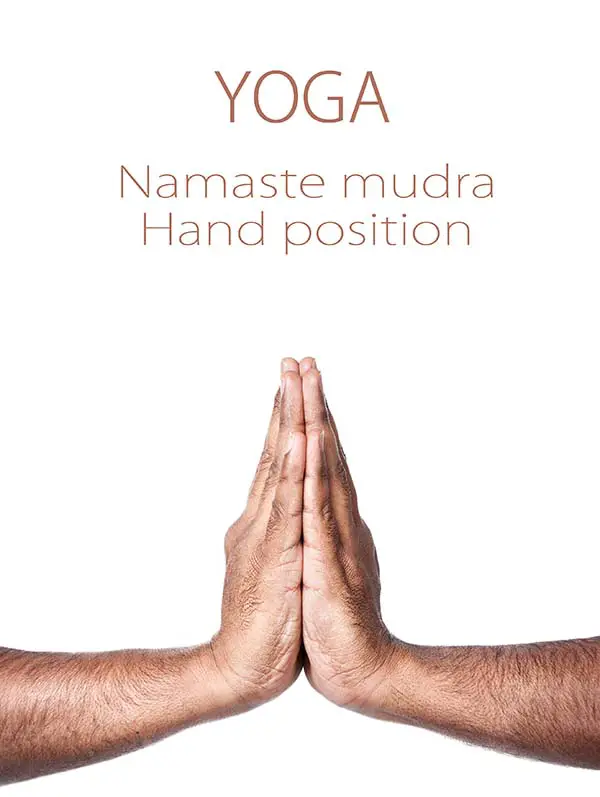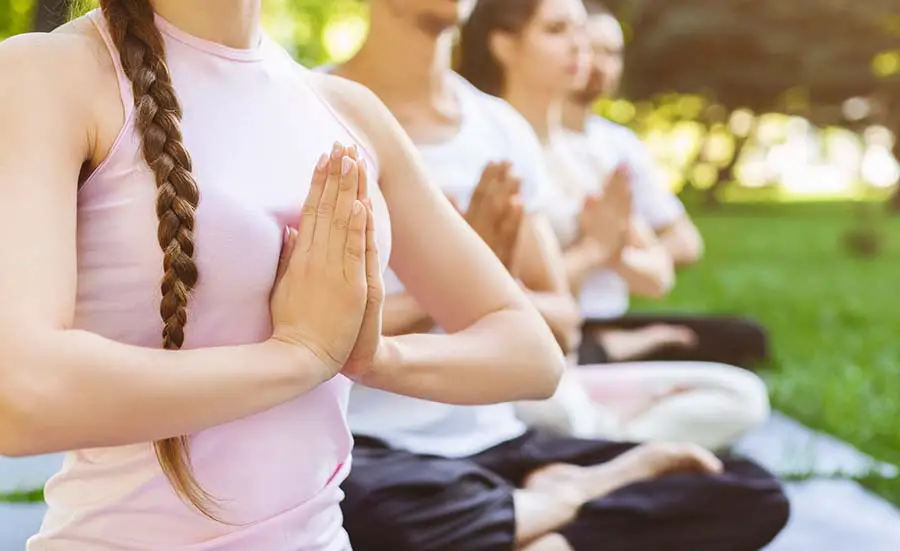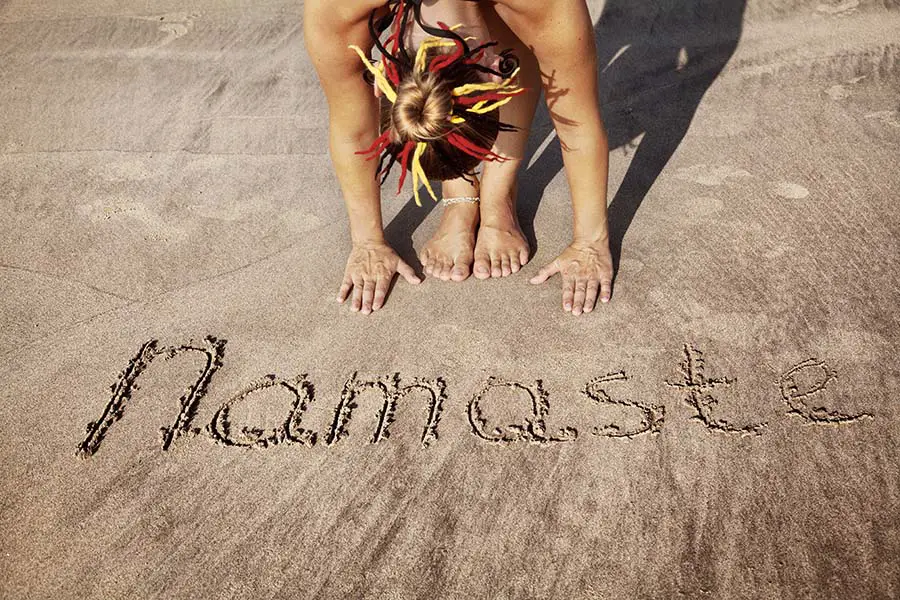Yoga is a group of physical, mental, and spiritual disciplines and practices originated from Hinduism in ancient India. Likewise, the word namaste also derives from Hinduism.
But, what does namaste mean in yoga? For the sake of simplicity, you can understand it as “hello” but with a bigger emphasis on mutual respect.
What Does Namaste Mean In Yoga? Is It Important?
What Is Its Meaning?
So what language is namaste? It is Sanskrit, but first and foremost, namaste meaning yoga is not correct. Most people would agree that the meaning of namaste in yoga is “I bow to you.”
This is because when you translate it from Sanskrit, an ancient and classical language of India, its literal translation will be “The Divine in me honors the Divine in you.”

However, many people tend to reduce its meaning to “hello.” In fact, it is not just a word for greeting but an endearing and inspirational sentiment for the lovely people around you.
People choose to say it in yoga classes because of their close ties with Indian culture and Hinduism. The original people who practice yoga say it to greet and show respect to their fellow yogi. This custom carries on and reaches many practitioners from other cultures as yoga becomes popular.
The word also holds spiritual significance. During this divine saying, it is said that heart centers and your chakras will connect.
What Is Its Pronunciation?
The general trend among speakers of American English is to have a greater emphasis on the last syllable and attribute a shorter “a” sound to the vowels. So often, you will hear something along the lines of nah-mah-STAY.
Yet, it is correct to pronounce the term as nuh-MUH-stheh. Regarding the last syllable of the word, this particular sound is more familiar to people from South Asia.
This means if you are not a native from here or there is no similar consonant in your language, it can be difficult to perfect this pronunciation.
You will need to be softer when vocalizing the “st” part in the word. It is not a hard “t” sound, but rather more like a “th” sound. Your tongue should be touching the behind of your teeth. Then do your best to create a clipped lisp.
It might be hard adopting the right way to say it that looks rather mundane, but pronouncing it the correct way shows your level of appreciation and commitment to yoga and Indian culture.
What is Its Usage?
Like any other words in any language, the definition of namaste is constantly changing and evolving. There has been a surge of usage of the word in India.
People who work in shops and restaurants there now use it to greet their customers. This is likely due to the frequent use by tourists from Western countries who do not know the full extent of namaste meaning in English.
Although the word is becoming more and more like a “hello”, you can show appreciation for the art of yoga by keeping the nuances of its meaning alive. You can choose to use it as a respectful form of greeting.
It’s best to say the word when addressing your elders, your teachers, or people who you do not know well. You can also use it as a “thank you”. In some contexts, it is a courteous way to show your gratitude.
How To Do It Properly?

There is also a gesture you should know about when using this word. This associated gesture is Anjali Mudra. When we break the word down to its more basic components in Sanskrit, we will get “anj” and “mudra.” “Anj” means to celebrate or to honor, and “mudra” translates to “gesture”.
You can perform this sacred gesture by pressing your palms together. Remember that your fingers should be all together, and your fingertips are pointing upward. The pressing of your hands also has to be firm and even.
Another important thing to note is where your hands should be. The most common position is at the heart chakra with thumbs resting against the sternum.
FAQs
What’s The Difference Between Namaskar And Namaste?
There are no big functional differences. The two words all have the same etymological origin. This means their roots in Sanskrit are similar. The text “namas” is translated to “bowing” or “homage”. But “kara” means “doing”, whereas “te” means “you”. So if namaste indicates “I bow to you”, the “namaskar” equals “I am bowing.”
Is Namaste A Greeting Or A Closing?
In short, the answer is both. This word expresses respect and appreciation towards another person, or even entity, and deity. You can use it as a greeting that shows a high level of respect you are giving to the other person. And it can also act as a goodbye in the same manner.
What Is The Response To Namaste?
You can use this word back as a response. But you can also say “kaisa ho”, “kem cho”, “kasa key”, or “kemon aachen.” These are ways to say “I’m fine,” as many people can also interpret namaste as “how are you doing.”
Can Namaste Mean Thank You?
Yes. You can use it to express your gratitude. We consider it as a respectful hello and also as a gesture implying “thank you.”
It has become a norm for trainers and students in many classes to exchange namastes after the session as a means to express appreciation and mutual respect.
Conclusion
Through answering the question, what does namaste mean in yoga?, we hope that you were able to not only learn about its meaning but also learn the history behind the word. With this, you will get to appreciate yoga and the beautiful culture that surrounds it more as well.









0 Comments